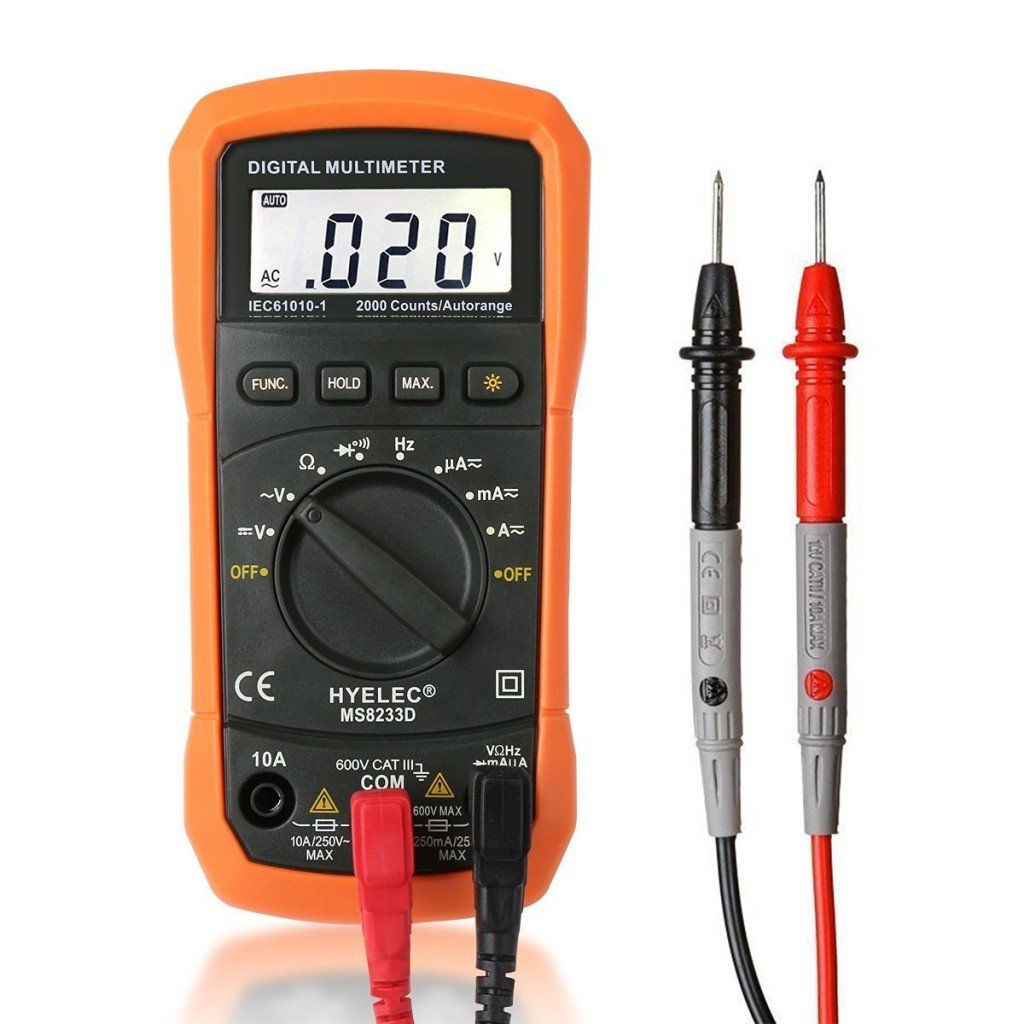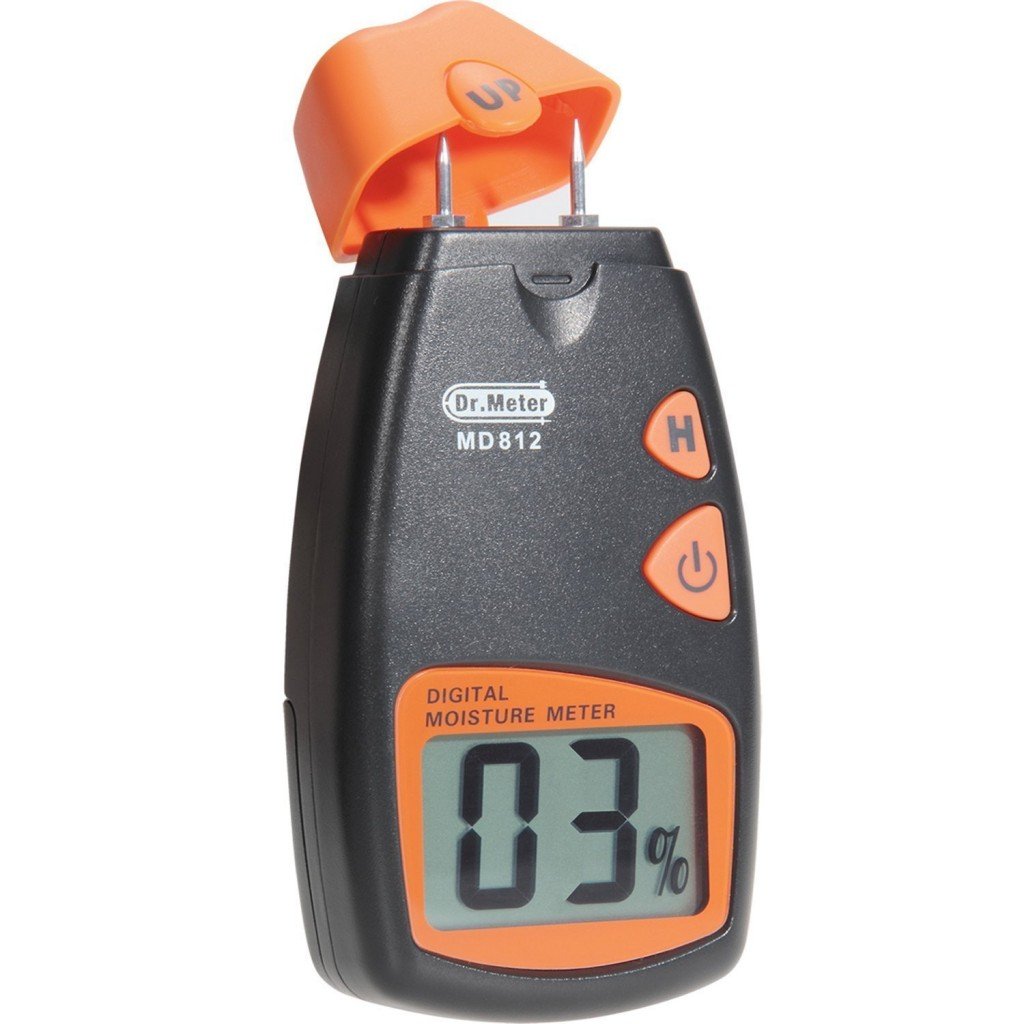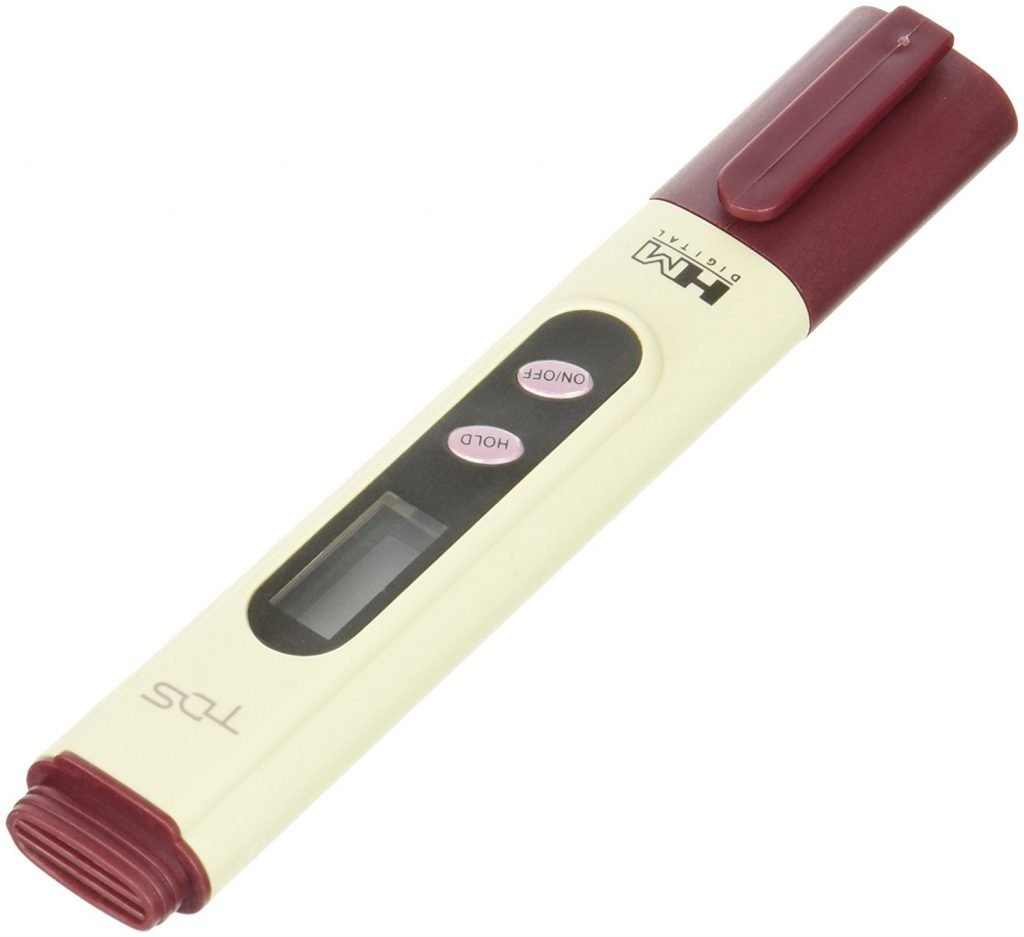Safety first. It’s not just a hoary old cliche. At a time in which home renovation, utility work, and natural disasters are at a rise, so is the potential for gas leakage. And it’s not enough to rely on the mere odor of gas to warn you of an emergency.
The fact is that the presence of natural gas often remains undetected until it’s too late. Blocked or decaying pipes. Sealed components. Improper ventilation. All of these can lead to an accumulation that can ultimately be fatal; not just for residences, but for commercial buildings as well.
Professional safety inspection services don’t come cheap. And while older gas detectors were efficient, they were typically designed solely to indicate the presence of one type of gas. Sadly, they are no longer equipped to detect the multitude of gases, both natural and developed, that can wreak havoc and ultimately kill.
The question is: how do I find the right model for me?
Below you’ll find a review of four of the top-leading combustible gas detectors currently on the market today, as well as a useful buyer’s guide that will help you make the right decision.
RIDGID 36163 Model micro CD-100 Combustible Gas Detector Review
Adjustable sensitivity settings allow you to detect even low-level gases promptly, and a 15-inch flexible probe can indicate leaks in even the most confined spaces in seconds flat.
Battery powered, this model features automatic calibration, a detection range of 0 – 6400 PPM and alarm sensitivity of 40 PPM Methane.
Backed by a full lifetime warranty, the CD-100 is equipped to detect the presence of Methane, Hydrogen, Propane, Ethylene, Ethane, Hexane, Iso-Butane, Benzene, Ethanol, Acetaldehyde, Toluene, P-Xylene, Ammonia and Hydrogen Sulfide.
Combustible Gas Leak Detector Review
With a response time of 2 seconds and an alarm sensitivity of 50 PPM Methane, this is a lightweight product that is both sturdy and durable.
Detects the presence of Methane, Natural Gases, Coal Gases, Steam, Propane, Ethanol, Butane, Propanol, Industrial solvents, Spraying fuel, Sulfurated Hydrogen, Paint, CO, Ketone, Gasoline, Naphtha, Smoke, and Ammonia.
UEi Test Instruments CD100A Combustible Gas Leak Detector Review
With a minimum detection range of 50 PPM Methane, this device detects Acetone, Industrial Solvents, Alcohol, Jet Fuel, Ammonia, Lacquer, Thinners. Benzene, Methane, Butane, Naphtha, Ethylene, Oxide, Natural Gas, Gasoline-Petrol, Propane, Halon, Hydrogen Sulfide and Toluene.
Natural Gas Detector Review
With a 14-inch flexible probe and both audible and visual alarms, this is a lightweight and affordable choice that can work in even the harshest of temperatures.
With a sensitivity range as low as 5 PPM Methane, this model detects Methane, Natural Gas, Ethane, Propane, Benzene, Acetylene, Pentane, Hexane, Gas Oil, Toluene, Methyl chloride, Methylene Chloride, Vinyl Chloride, Methanol, and Ethanol.
Combustible Gas Detector Buying Guide – How to find the best detector for your needs!
No one wants to be unprepared for disaster. And while no one really wants to ponder the need for reliable safety precautions, the fact is: it’s a need. Below are some steps that can help you decide which detector is right for you.
Environmental Conditions
Unfortunately, no two conditions are alike; and factors such as temperature, humidity, and seasonal changes will have a direct effect on the accuracy of a detector.
Look carefully for operational specifications such as minimum temperatures, detection ranges, and warranties before deciding which device is most appropriate for you.
Multi-emission Detection
As mentioned previously, there are a plethora of gases that remain undetectable by older models.
Ensuring cross-sensitivity that captures data from multiple emissions – even non-fatal ones – will ultimately save you both time and money in selecting the optimal solution down the road.
Accuracy
Ultimately, a detector’s measurement range should be within plus or minus 5 percent of the gas concentration.
High resolution of the display monitor should fall within standard device specifications.
The probe itself should be able to target confined or limited accessibility areas, as these are often the prime hiding spots of minuscule (but harmful) leaks.
Portability
Gas concentration is not evenly distributed. Choosing a model that can detect multiple areas of a site or structure is not only preventative common sense; it’s an absolute must.
Too little is frequently too late. But with proper caution and shrewd decisions, you can ensure the health and safety of your home or office before it is too late







